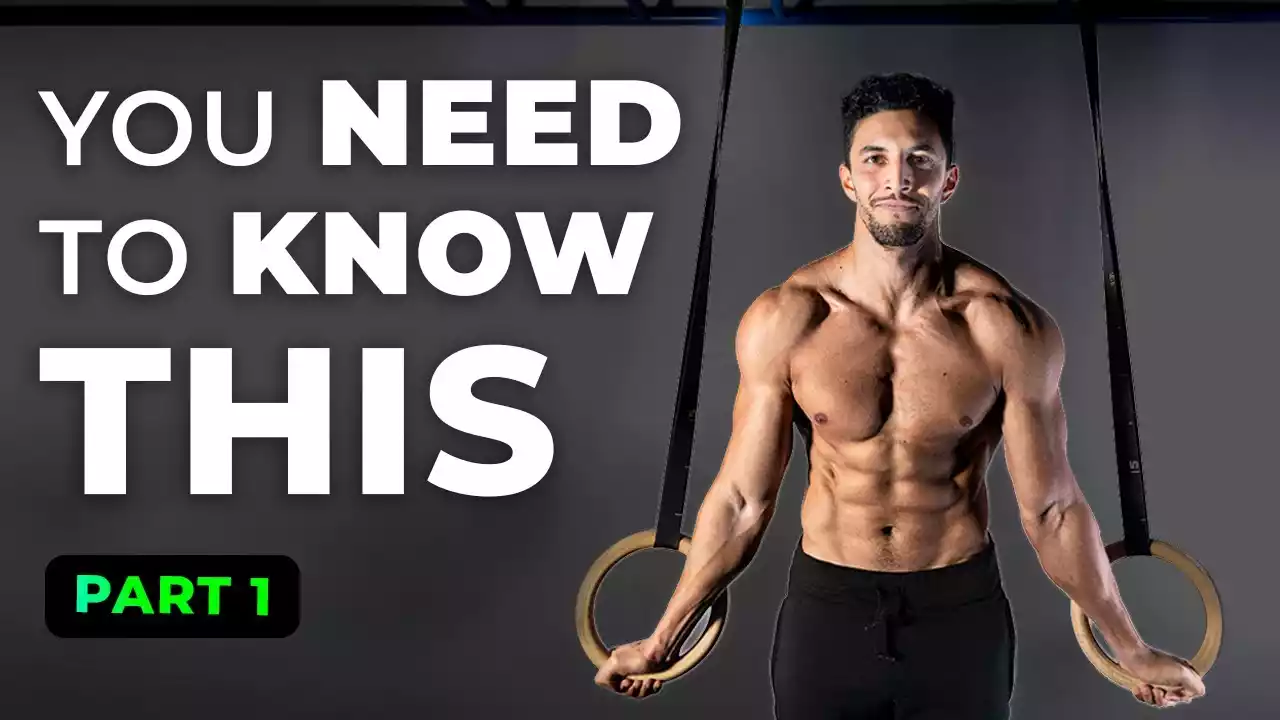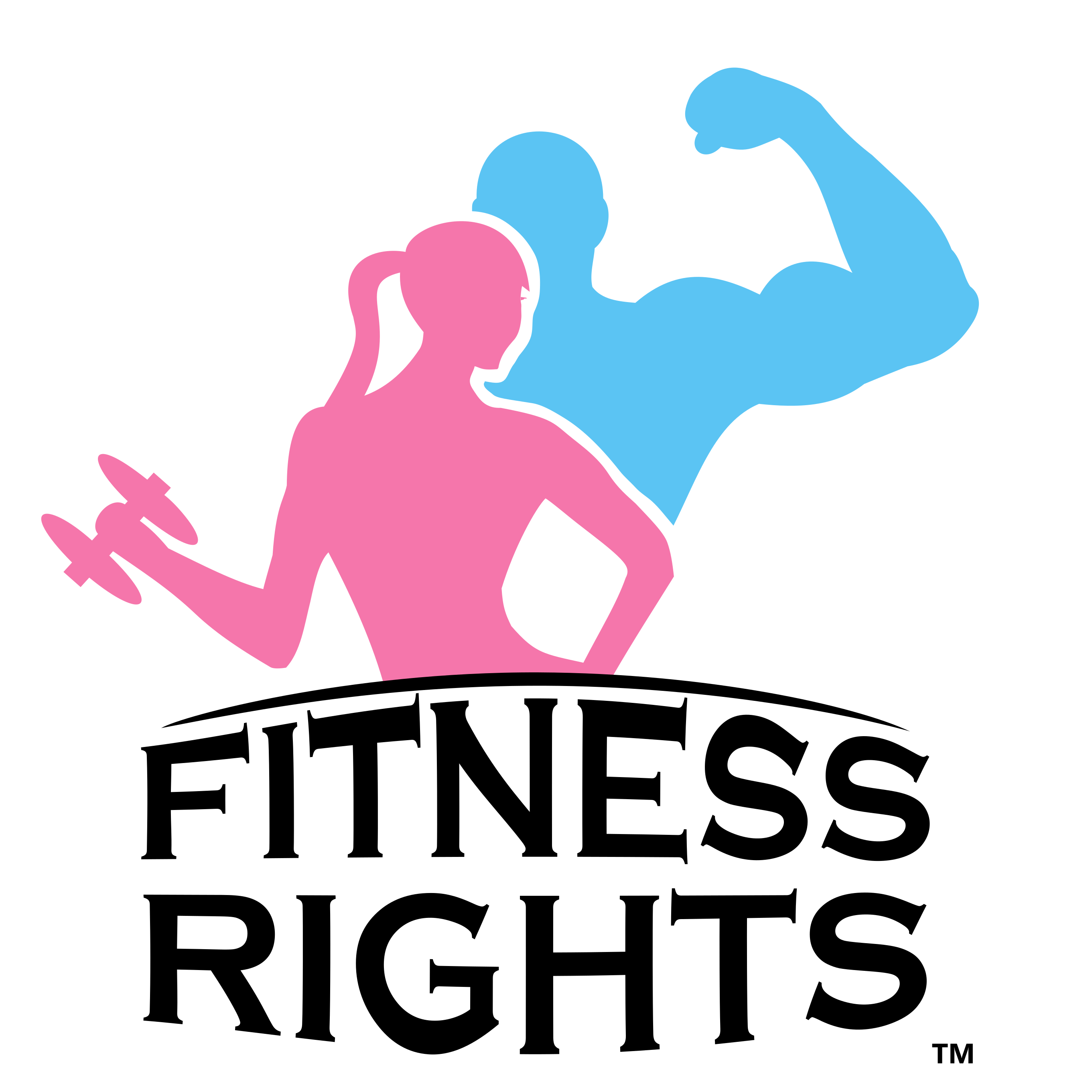Are Gymnastic Rings Better Than Weights?
Gymnastic rings and weights have long been staples in the fitness community, each offering unique advantages. Gymnastic rings, with their origins tracing back to ancient Greece, have been used for centuries to build strength, flexibility, and coordination. Weights, on the other hand, have evolved from rudimentary stones and logs to sophisticated barbells and dumbbells. Understanding the benefits of each can help you make an informed decision about which to incorporate into your fitness routine.
Versatility and Range of Motion
Gymnastic rings are incredibly versatile. They allow for a wide range of exercises that target various muscle groups. From pull-ups and dips to muscle-ups and levers, the possibilities are nearly endless. The instability of the rings forces your body to engage multiple muscles to maintain balance, providing a comprehensive workout.
Weights, while also versatile, are often limited by the equipment available. Dumbbells, barbells, and kettlebells each offer different benefits, but they generally target specific muscle groups. The range of motion with weights can be restricted by the equipment, making it harder to achieve the same level of muscle engagement as with rings.
Strength and Muscle Development
Gymnastic rings excel in building functional strength. The exercises performed on rings are compound movements that engage multiple muscle groups simultaneously. This leads to improved coordination and overall body strength. The rings also promote muscle endurance, as maintaining stability requires sustained muscle engagement.
Weights are unparalleled for hypertrophy, or muscle growth. They allow for progressive overload, which is essential for building muscle mass. By gradually increasing the weight, you can continuously challenge your muscles, leading to growth and strength gains. However, weights primarily target specific muscles, which can lead to imbalances if not properly managed.
Practical Applications
Functional Fitness
Functional fitness refers to exercises that mimic real-life movements, improving your ability to perform everyday tasks. Gymnastic rings are excellent for this purpose. The instability of the rings forces you to engage your core and stabilizing muscles, improving balance and coordination. This translates to better performance in daily activities and sports.
Weights can also contribute to functional fitness, especially when using free weights like dumbbells and kettlebells. These allow for a more natural range of motion compared to machines. However, the fixed nature of many weight exercises can limit their functional application.
Core Stability and Balance
Gymnastic rings are unparalleled for developing core stability and balance. Every exercise performed on the rings requires significant core engagement to maintain stability. This not only strengthens your core but also improves your overall balance and coordination.
Weights can also improve core stability, particularly when performing compound movements like squats and deadlifts. However, the level of core engagement is generally lower compared to gymnastic rings. Machines, in particular, offer little to no benefit for core stability.
Flexibility and Mobility
Flexibility and mobility are crucial for overall fitness and injury prevention. Gymnastic rings promote flexibility by allowing for a full range of motion in exercises. The dynamic nature of ring exercises also improves joint mobility, making it easier to perform other physical activities.
Weights can improve flexibility and mobility, especially when using free weights. However, the fixed range of motion in many weight exercises can limit these benefits. Stretching and mobility exercises should be incorporated into a weight training routine to ensure balanced development.
Cost and Accessibility

Equipment Cost
Gymnastic rings are relatively inexpensive compared to weights. A good set of rings can cost anywhere from $30 to $100, making them accessible to most people. They are also portable, allowing you to set them up anywhere with a sturdy anchor point.
Weights, on the other hand, can be quite costly. A basic set of dumbbells or a barbell with plates can easily run into the hundreds of dollars. Additionally, weights require more space for storage and use, making them less accessible for those with limited space.
Space Requirements
Gymnastic rings require minimal space. They can be set up in a doorway, a garage, or even outdoors. This makes them ideal for those with limited space or who prefer to work out at home.
Weights, particularly barbells and weight machines, require a significant amount of space. A home gym setup can take up an entire room, making it impractical for those with limited space. Dumbbells and kettlebells are more compact but still require a dedicated area for use.
Injury Prevention
Joint Health
Gymnastic rings are generally better for joint health. The instability of the rings forces you to use proper form and engage stabilizing muscles, reducing the risk of injury. The full range of motion also promotes joint health and flexibility.
Weights can be hard on the joints, especially when using heavy weights or improper form. Machines, in particular, can place unnatural stress on the joints due to their fixed range of motion. Proper technique and a balanced routine are essential to minimize the risk of injury.
Muscle Imbalances
Gymnastic rings can help correct muscle imbalances. The instability of the rings forces both sides of your body to work equally, promoting balanced muscle development. This can help prevent injuries and improve overall performance.
Weights can exacerbate muscle imbalances if not used correctly. Favoring one side or using improper form can lead to uneven muscle development and increase the risk of injury. A balanced routine and proper technique are crucial to avoid these issues.
Personal Preferences and Goals

Training Goals
Your training goals will largely determine whether gymnastic rings or weights are better for you. If your goal is to build functional strength, improve balance, and enhance flexibility, gymnastic rings are an excellent choice. They offer a comprehensive workout that engages multiple muscle groups and promotes overall fitness.
If your goal is to build muscle mass and strength, weights are the way to go. They allow for progressive overload, which is essential for muscle growth. A well-rounded routine that includes both compound and isolation exercises will help you achieve your goals.
Enjoyment and Motivation
Enjoyment and motivation are key factors in sticking to a fitness routine. Gymnastic rings offer a fun and challenging workout that can keep you engaged and motivated. The variety of exercises and the constant challenge of maintaining stability make ring workouts enjoyable for many people.
Weights can also be enjoyable, especially if you enjoy lifting heavy and seeing tangible progress. The ability to track your progress and set new personal records can be highly motivating. Finding a routine that you enjoy and look forward to is essential for long-term success.
Relevant Data Table For The 11.are gymnastic rings better than weights?:
| Feature | Gymnastic Rings | Weights |
|---|---|---|
| Versatility | High | Moderate |
| Range of Motion | Full | Limited by equipment |
| Strength Development | Excellent for bodyweight strength | Excellent for both bodyweight and added weight |
| Muscle Development | High, especially for upper body | High, can target specific muscle groups |
| Core Stability | Excellent | Moderate |
| Flexibility and Mobility | High | Moderate |
| Equipment Cost | Low | Varies (can be high) |
| Space Requirements | Minimal | Can be significant |
| Injury Prevention | Lower risk with proper form | Varies, higher risk with improper form |
| Joint Health | Generally better | Varies |
| Muscle Imbalances | Can help correct | Can exacerbate if not balanced |
FAQs:
1. Are gymnastic rings suitable for beginners?
Yes, gymnastic rings are suitable for beginners. While they may seem intimidating at first, they offer a scalable workout that can be adjusted to any fitness level. Beginners can start with basic exercises like ring rows and push-ups, gradually progressing to more advanced movements as they build strength and confidence.
Starting with simple exercises allows beginners to develop the necessary muscle engagement and coordination. It’s important to focus on proper form and technique to avoid injury and maximize the benefits of ring training. As you become more comfortable with the rings, you can incorporate more challenging exercises like dips, muscle-ups, and levers.
One of the key advantages of gymnastic rings for beginners is the ability to adjust the difficulty of each exercise. For example, ring rows can be made easier by adjusting the angle of your body, while push-ups can be modified by changing the height of the rings. This adaptability makes gymnastic rings an excellent choice for those new to fitness or looking to improve their overall strength and coordination.
2. Can weights and gymnastic rings be used together?
Absolutely, weights and gymnastic rings can be used together to create a well-rounded fitness routine. Combining both allows you to take advantage of the unique benefits each offers, leading to improved strength, muscle development, and overall fitness.
Using weights and gymnastic rings together can help address muscle imbalances and promote balanced development. For example, you can use weights for targeted muscle growth and strength, while incorporating ring exercises to improve core stability, flexibility, and functional strength. This combination can lead to better performance in sports and daily activities.
A balanced routine might include weightlifting exercises like squats, deadlifts, and bench presses, along with ring exercises like pull-ups, dips, and muscle-ups. This approach ensures that you are working all major muscle groups and promoting overall fitness. It’s important to listen to your body and adjust your routine as needed to avoid overtraining and injury.
3. What are the main benefits of using gymnastic rings?
Gymnastic rings offer numerous benefits, making them a valuable addition to any fitness routine. Some of the main benefits include:
• Versatility: Gymnastic rings allow for a wide range of exercises that target various muscle groups. From pull-ups and dips to muscle-ups and levers, the possibilities are nearly endless.
• Core Stability: The instability of the rings forces your body to engage multiple muscles to maintain balance, providing a comprehensive workout that improves core stability and overall strength.
• Functional Strength: Ring exercises are compound movements that engage multiple muscle groups simultaneously, leading to improved coordination and functional strength.
• Flexibility and Mobility: The dynamic nature of ring exercises promotes flexibility and joint mobility, making it easier to perform other physical activities and reducing the risk of injury.
• Cost and Accessibility: Gymnastic rings are relatively inexpensive and require minimal space, making them accessible to most people. They can be set up anywhere with a sturdy anchor point, allowing for versatile and convenient workouts.
4. How do weights compare to gymnastic rings in terms of muscle building?
Weights are unparalleled for hypertrophy, or muscle growth. They allow for progressive overload, which is essential for building muscle mass. By gradually increasing the weight, you can continuously challenge your muscles, leading to growth and strength gains. Weights also offer the ability to target specific muscle groups with isolation exercises, making them ideal for those looking to build muscle mass.
Gymnastic rings, on the other hand, excel in building functional strength and muscle endurance. The exercises performed on rings are compound movements that engage multiple muscle groups simultaneously. This leads to improved coordination and overall body strength. While ring exercises can promote muscle growth, they may not be as effective as weights for those looking to achieve significant hypertrophy.
Combining both weights and gymnastic rings can provide a balanced approach to muscle building. Weights can be used for targeted muscle growth and strength, while ring exercises can improve functional strength, core stability, and overall fitness. This combination can lead to better performance in sports and daily activities.
5. What should I consider when choosing between gymnastic rings and weights?
When deciding between gymnastic rings and weights, consider your fitness goals, preferences, and circumstances. Here are some factors to keep in mind:
• Fitness Goals: If your goal is to build functional strength, improve balance, and enhance flexibility, gymnastic rings are an excellent choice. If your goal is to build muscle mass and strength, weights are the way to go.
• Space and Equipment: Gymnastic rings require minimal space and are relatively inexpensive, making them accessible to most people. Weights, particularly barbells and weight machines, require a significant amount of space and can be costly.
• Injury Prevention: Gymnastic rings are generally better for joint health and can help correct muscle imbalances. Weights can be hard on the joints, especially when using heavy weights or improper form.
• Enjoyment and Motivation: Enjoyment and motivation are key factors in sticking to a fitness routine. Choose the option that you find most enjoyable and motivating to ensure long-term success.
Combining both gymnastic rings and weights can provide a well-rounded fitness routine that addresses all aspects of fitness, from muscle growth and strength to functional fitness and flexibility.
Conclusion:
In conclusion, both gymnastic rings and weights offer unique benefits and can be highly effective tools for fitness. The choice between them should be based on individual goals, preferences, and circumstances. Gymnastic rings provide excellent versatility, core stability, and joint health benefits, while weights offer targeted muscle development and strength gains. Combining both can lead to a well-rounded fitness regimen.
Posts References:
Using Olympic Rings to Build Next Level Strength – Medium
6 Reasons Why You MUST train with Gymnastic Rings
